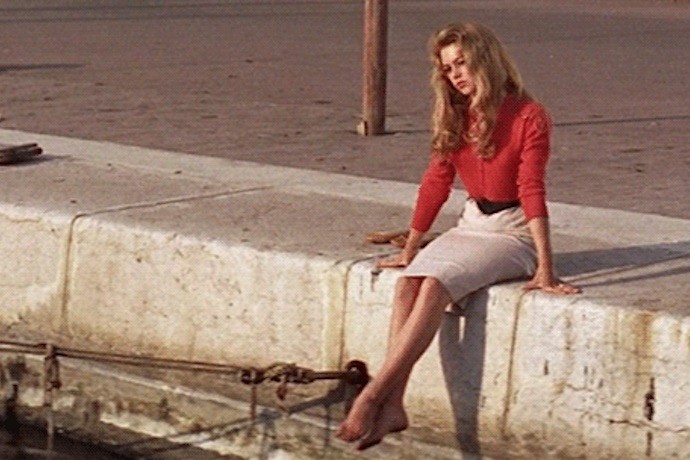With this week’s big Oscar win for Spotlight, an unsparing look at the Catholic Church’s cover-up of clerical sex abuse, it’s hard to fathom that Hollywood once lived in fear of the Catholic Church and its movie watchdog, the National Legion of Decency.
The Legion of Decency was founded in 1934 as part of a campaign for the “purification of the cinema,” the church’s response to the growing popularity of movies—especially gangster pictures that glorified violence and the widespread portrayal of the free-and-easy sexual attitudes of the Roaring 20s. Catholics were urged to pledge to “remain away from all motion pictures except those which do not offend decency and Christian morality.”
At the same time, a handful of influential Catholics—including Joseph Breen of the National Catholic Welfare Conference, Fathers Daniel Lord and FitzGeorge Dinneen (both Jesuit priests), Father Wilfrid Parsons, the editor of America, and Martin Quigley, editor of the Motion Picture Herald—created a code for motion picture standards. It was designed to self-police the industry and turn popular entertainment into an “ally” of “basic teachings of the church,” according to Gregory Black in his 1996 book, Hollywood Censored.
The code they designed became the Motion Picture Conduct Code, popularly know as the Hays Code after it was adopted by William Hays, a Presbyterian elder who was hired by the major studios to help clean up the industry’s image after it was rocked by a series of scandals. The code, says Black, “was a fascinating combination of Catholic theology, conservative politics and pop psychology—an amalgam that would control the content of Hollywood films for three decades.”
Beyond banning images of married couples sleeping in the same bed or criminals profiting from criminal activity, the code was designed to emphasize that “the church, the government, and the family were cornerstones of an orderly society; that success and happiness resulting from working within this system,” says Black.
The Legion of Decency was created as a counterpart to the code to make sure that the threat of a Catholic boycott of indecent movies keep Hollywood on the straight and narrow, a task that, Black notes, the church was well-equipped for:
The Catholic Church, twenty million strong, heavily concentrated in urban centers, and boosting its own national press with a circulation of more than six million readers a week, was in a unique position to exert influence on the industry.
Films were rated on a scale from “A” (morally unobjectionable, which had four sub-ratings, from acceptable for all to acceptable for adults with reservations), to “B” (morally objectionable in part), to “C” (condemned). This rating system, which was even more stringent than the Hays Code, “dominated film production during Hollywood’s golden era,” says Black. Movie producers lived in fear of obtaining a “condemned” rating from the Legion and adjusted their output accordingly.
This month, Turner Classic Movies will examine the little-known but powerful influence the Catholic Church and the Legion of Decency exercised over Hollywood when it airs 27 movies that were condemned by the Legion. The screenings will be hosted by Sister Rose Pacatte, a member of The Daughters of St. Paul, founding director of the Pauline Center for Media Studies, and host of the blog “Sister Rose Goes To The Movies.”
Among the films to be screened are Barbara Stanwyck’s 1933 classic Babyface, 1956’s And God Created Woman, the film that launched “sex kitten” Brigitte Bardot, 1953’s The Moon is Blue, and 1948’s L’Amore. This last movie led to an historic Supreme Court ruling known as the “Miracle Decision” that found that motion pictures were a form of artistic expression protected by the First Amendment, not, as the church asserted, a powerful medium for the communication of morality that had to be censored for society’s own good.
That decision, the growing popularity of explicit foreign films that weren’t governed by the code, and cultural changes, including Catholics’ increasing integration into the larger culture and independence from the bishops on moral matters, eventually eroded the influence of the Hays Code and the Legion.
But in many ways today’s efforts by the U.S. bishops to reassert their moral authority over society, such as their campaign to allow religious institutions and employers to deny contraception or refuse to recognize same-sex marriage, are a rearguard effort to rekindle the glory days when Hollywood quaked before the church.





